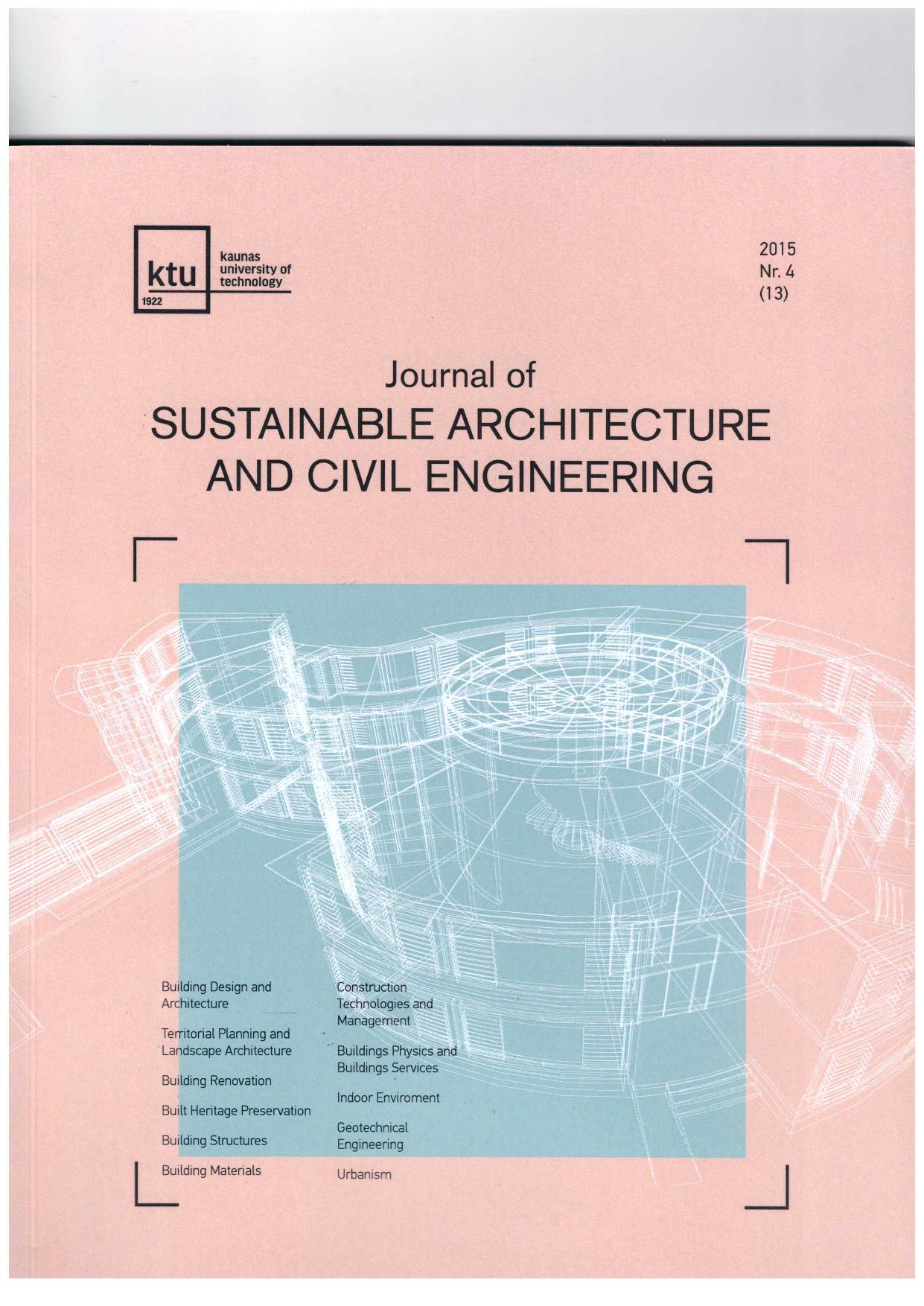Moisture Safety of Wooden Buildings – Design, Construction and Operation
Moisture Safety of Wooden Buildings – Design, Construction and Operation
Author(s): Kristina Mjörnell, Lars OlssonSubject(s): Architecture, Energy and Environmental Studies, Evaluation research
Published by: Exeley Inc.
Keywords: CLT; guidance; massive wooden buildings; moisture safety; mould growth;
Summary/Abstract: During the last decade, building in wood has increased, mainly due to environmental awareness and targets to decrease the carbon footprint originated from the production of building materials. New technologies such as CLT (cross laminated timber) have accelerated the construction of multi-story wooden buildings. The CLT structure has been used both for housing and offices. Due to the extensive size of the buildings and relatively fast assembly of the buildings, weather protection has not always been used. It is commonly known that building materials sensitive to moisture need to be protected against high moisture conditions and water during construction. If this is not done, there is an increased risk of microbial growth which can result in health problems for future users of the building, extensive costs for the remediation and exchange of materials, but also lack of trust in the construction industry. There are disagreements between the building industry and researchers how sensitive wooden buildings are to exposure to high moisture levels and water during storage at sites and construction. Based on results from several research projects studying moisture conditions both in the laboratory and in the field, recommendations for procurement, storage and handling of wood during construction to assure moisture safety are suggested in this paper.
Journal: Journal of Sustainable Architecture and Civil Engineering
- Issue Year: 24/2019
- Issue No: 1
- Page Range: 29-35
- Page Count: 7
- Language: English

